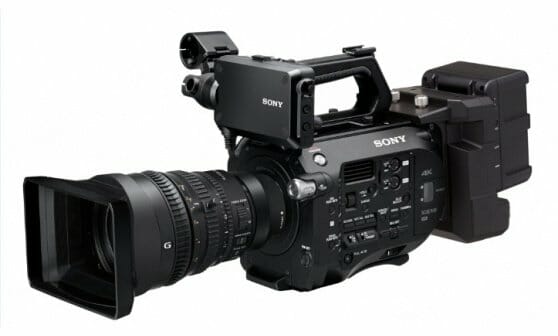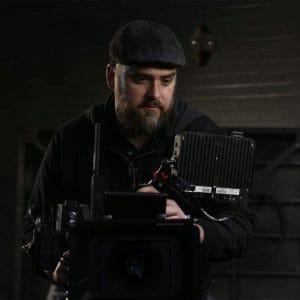The Canon C300 vs. Sony Fs7 camera package
When you’re preparing to shoot your project, you want to make sure you rent the best camera for the price. Two popular options are the Canon C300 and the Sony Fs7.
But what’s the difference between the Canon C300 and the Sony Fs7?
And which suits the needs you have on set?
Come compare and contrast each camera package with us and we’ll help you decide which is best for you.
Let’s go!
The Canon C300 vs. Sony Fs7 camera package
Camera manufacturers have answered the flux of filmmaker’s demands with a variety of camera packages to suit any level of production.
In the documentary and independent film market, Canon’s EOS C300 has been dominant over the last couple of years thanks to its intuitive interface and superb image quality. It is often the most rented camera in high-production cities and regions.
Sony has answered this market dominance by releasing the Fs7 in 2014. This new camera package has made a lot of buzz by offering cutting edge resolution and frame rates.
While each camera is popular, they both have downsides that might discourage you from renting or buying either. We want to cover those aspects as well so you make the most informed decision possible.
Let’s look at the most popular camera on the market first.
The Pros and Cons of the Canon EOS C300
Though modest in resolution in comparison to newer cameras, this camera’s image quality offers dynamic range and fast workflows that have been heavily lauded by post-production houses.
Pros

- Image processing is the standout quality of the C300. The Super 35mm CMOS Sensor has been crafted to ensure the highest efficiency in light transfer, and is perfectly paired with the DIGIC DV III Image Processor for a high signal-to-noise ratio.
- Canon’s XF codec is a delight for editors allowing for a wide dynamic range, reduction in jagged edges and moire patterns in a clean MXF package with video, audio, metadata, and time code.
- Key software features include an intuitive and responsive user interface and broadcast functions
- The compact modular design makes the C300 light and maneuverable, and a pleasure to build a rig around. The camera package features a high quality EVF external monitor, dual CF card slots and an adjustable in-camera neutral density filter. The buttons are keenly placed to avoid accidentally hitting buttons.
Cons
- Limited resolution capabilities. This camera can only shoot up to 30fps in HD when using the slow motion setting. You can only achieve 60fps in 720 HD using the slow motion setting which is a major drawback if you need to be shooting at higher speeds with higher resolution.
- A higher price is definitely another drawback of this camera. With no capabilities to shoot 4K and limited high speed capabilities, the price is hard to justify.
- The flimsy top handle is a terrible design. Thank Zacuto for supplying us with an ingenious solution for this rig and many others.
The Pros and Cons of the Sony Fs7
The Fs7 is a portable camera with the inner workings of a big production camera package. It boasts the ability to shoot at dazzling 4K quality and at impressive frame rates.
Pros 
- The magnesium body keeps the Fs7 at about 4 pounds, definitely a plus for a shoulder mount camera.
- Picture resolution is the camera’s selling point as it can record UHD 3840 x 2160 and 4K resolution of 4096 x 2160 internally at up to 60 frames per second (fps,) and an impressive 180 fps when shooting in HD. RAW recording is an option using #G-SDI or HDMI 2.0 outputs to an external recorder.
- The ergonomic hand grip has received due consideration and makes the camera easy to hold and way more functional.
Cons
- Button placement makes it easy to accidentally change a setting without a prompt or warning to verify the selection.
- Balance issues make the camera awkward for some motions as most of the weight and electronics are towards the front of the camera rig. Using big lenses compounds the problem and need to be offset by more rigging.
How to pick between the Canon C300 and Sony Fs7
The particulars of your production and the cinematographer’s workflow are going to be decisive factors when choosing between these two camera packages.
You have the pros and cons in front of you.
Now you have to make tough decisions.
For us, it boils down to a few different things.
If 4K resolution or seamless slow motion shots are paramount to the production then the Sony’s Fs7 is the obvious choice.
If 1080 HD and 60 fps will suffice then the dynamic image processing of the Canon C300 will be an asset to your production.
That seems simple, but we think that’s the best way to choose between these two great cameras. They’re not perfect, but they’ll help with everything you need.
We can’t wait to see what you shoot next.


